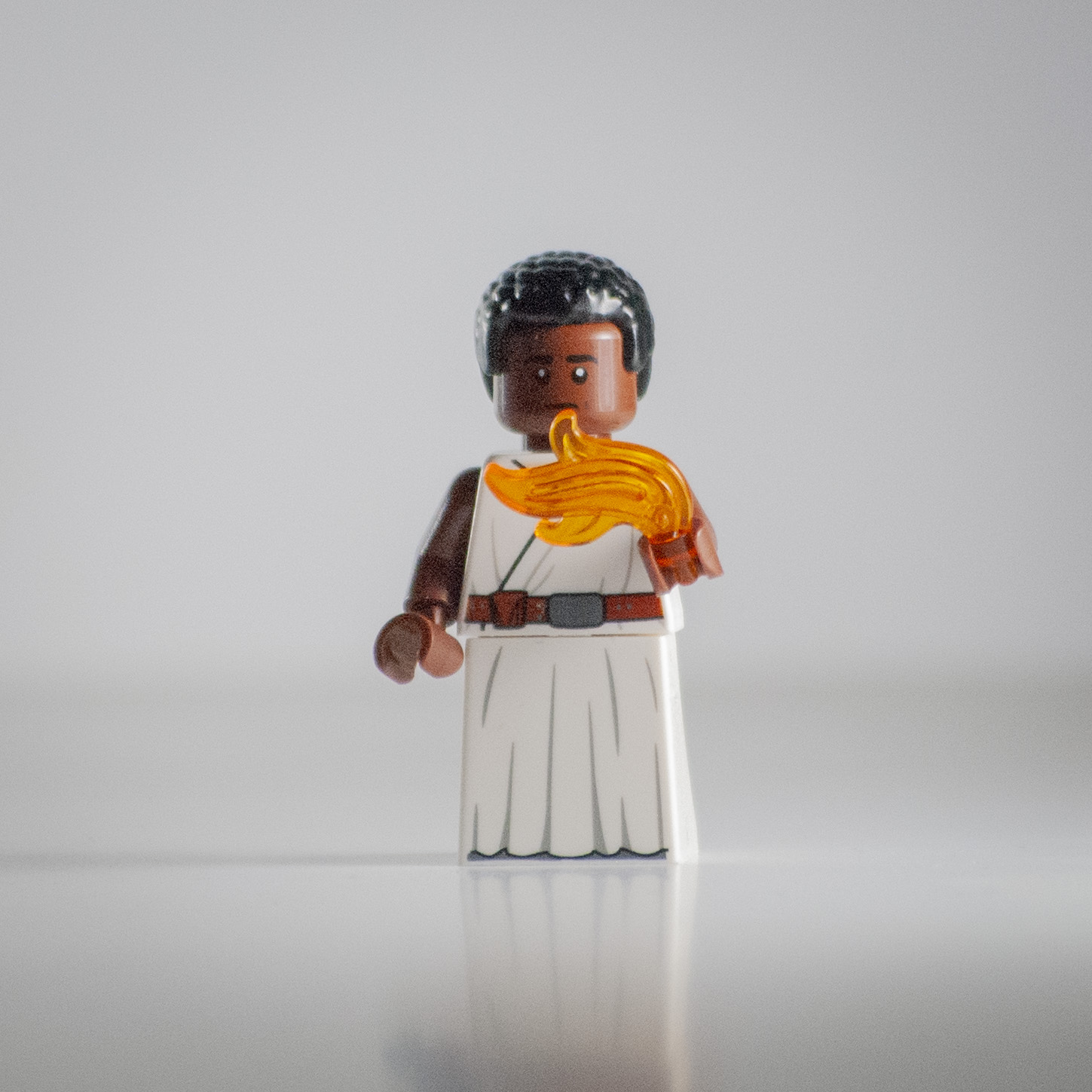St. Charles Lwanga
Charles Lwanga, or Kaloli Lwanga in his native Luganda, was executed by the king he served for refusing to abandon the Christian faith which he converted to just a year earlier. He was only 26 when he was burned at the stake.
Lifetime: 1860 to 1886
Region: Buganda, Uganda
Patronages: Converts; Torture victims; African Catholic Youth Action
Iconograpy: Flame; White robe; Palm
Feast Day: June 3
Region: Buganda, Uganda
Patronages: Converts; Torture victims; African Catholic Youth Action
Iconograpy: Flame; White robe; Palm
Feast Day: June 3
The king was a cruel man who abused the boys and young men who served his house. Around Kaloli's own conversion, the king killed a group of missionaries. A steward of the house, who had been close friends with the king, and had recently converted to Christianity himself, scolded the king for his action. The king threw aside the many years they had spent together and had his friend killed.
Kaloli took over the role that this martyr had had in protecting the boys from the king and instructing them in their faith. However, the king soon grew angry that the pages weren't available when he asked for them. When he found out what had been going on, he killed another missionary who had been instructing them.
The king knew then that his desires were going to continue being blocked by the followers of this faith new to his kingdom. So he sealed the castle, allowing none to escape, and gathered together all of his servants. To identify the Christians, the king asked all who do not pray to stand beside himself, and those who do to go off to the side. The group who admitted to praying, he asked if they were Christian and if they intended to remain so. All 15 of them said yes.
The king condemned them all to death.
He set the point of their execution 35 miles away. They were forced to march the distance on foot as an example to others. 3 of them didn't survive the journey.
When they arrived, they were kept imprisoned there for a week with another group of Christian prisoners until their execution. They were wrapped with reed mats, to make them more flammable, and tied to posts, and burned to death.
These martyrs died crying out:
You can burn our bodies, but you cannot harm our souls.






